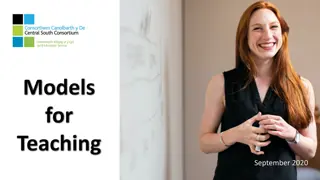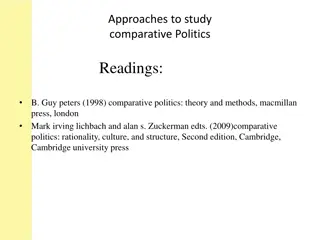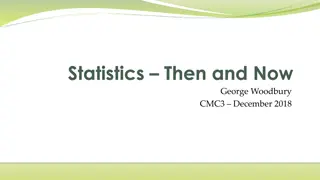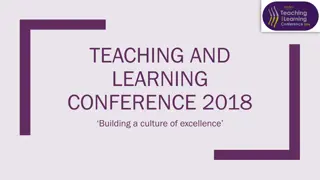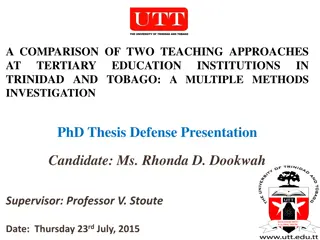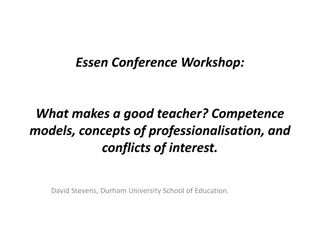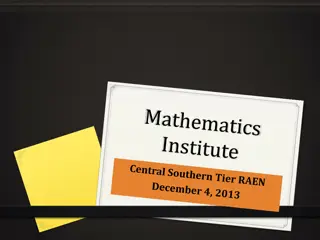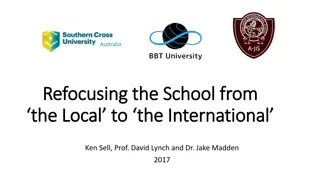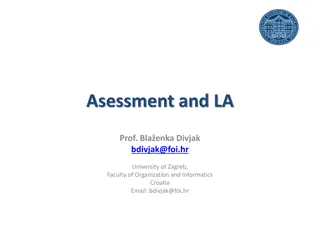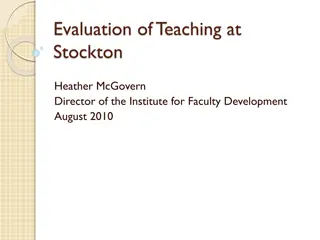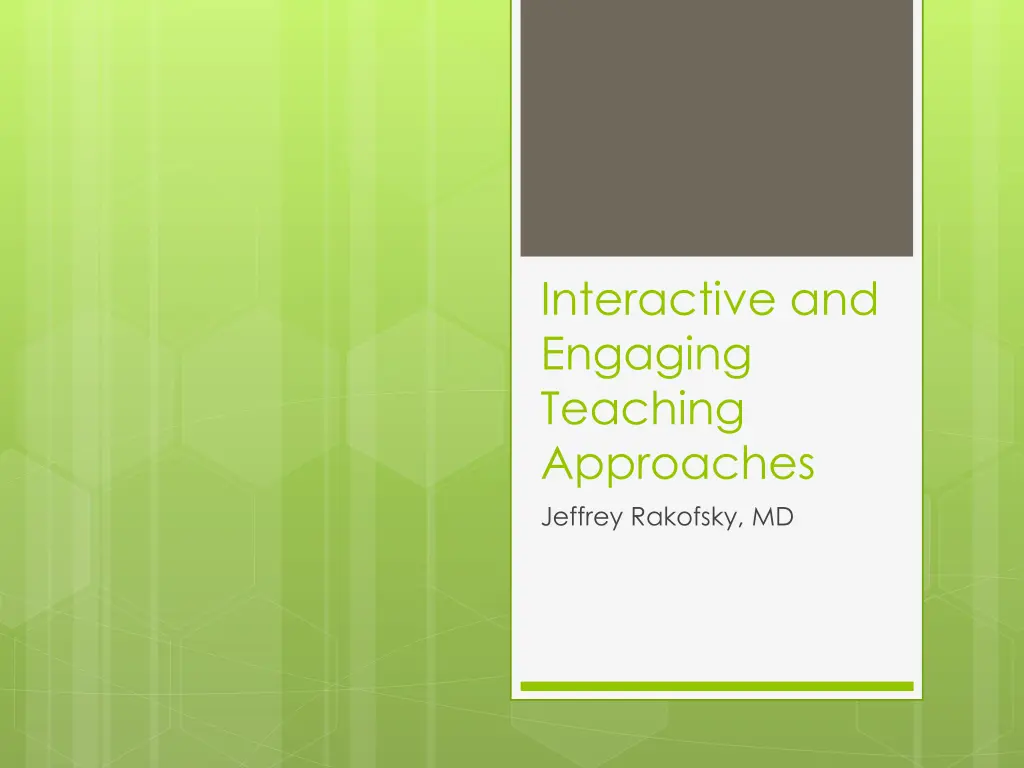
Engaging Teaching Approaches for Effective Learning
Discover practical strategies for capturing and maintaining students' attention, moving beyond traditional teaching methods, and fostering engaging discussions in educational settings. Learn from experts Jeffrey Rakofsky, MD, and Gene Farber, PhD, ABPP, as they share valuable insights to enhance your teaching experience.
Download Presentation

Please find below an Image/Link to download the presentation.
The content on the website is provided AS IS for your information and personal use only. It may not be sold, licensed, or shared on other websites without obtaining consent from the author. If you encounter any issues during the download, it is possible that the publisher has removed the file from their server.
You are allowed to download the files provided on this website for personal or commercial use, subject to the condition that they are used lawfully. All files are the property of their respective owners.
The content on the website is provided AS IS for your information and personal use only. It may not be sold, licensed, or shared on other websites without obtaining consent from the author.
E N D
Presentation Transcript
Interactive and Engaging Teaching Approaches Jeffrey Rakofsky, MD
GETTING AND MAINTAINING ATTENTION Catch them with a catchy title Crisp learning objectives Tell a story Power-point pointers: Entertain, don t overwhelm.
MOVING BEYOND THE POWERPOINT Vocal dynamics/vocal underlining Full body movements Use metaphors Use the white board Practice/practice/practice/edit
PROMOTING DISCUSSION AS A TEACHER Start with broad or provocative questions Use problem-sets/vignettes Assign reading Point out similar and contrasting themes in students responses Ignore your transference
Interactive and Engaging Teaching Approaches Gene Farber, PhD, ABPP
GETTING AND MAINTAINING ATTENTION Create anticipation what value will be gained? Use narrative frame to tell a scholarly story Offer a tangible takeaway message with immediate relevance or application
MOVING BEYOND THE POWERPOINT Use of case material for group discussion Role play clinical scenarios Use of audio or visual media
PROMOTING DISCUSSION AS A TEACHER Facilitate group norms that encourage mutual participation and dialogue Promote idea of student as expert Establish treatment team concept for case discussion
Interactive and Engaging Teaching Approaches Gene Farber, PhD, ABPP
GETTING AND MAINTAINING ATTENTION Create anticipation what value will be gained? Use narrative frame to tell a scholarly story Offer a tangible takeaway message with immediate relevance or application
MOVING BEYOND THE POWERPOINT Use of case material for group discussion Role play clinical scenarios Use of audio or visual media
PROMOTING DISCUSSION AS A TEACHER Facilitate group norms that encourage mutual participation and dialogue Promote idea of student as expert Establish treatment team concept for case discussion
Interactive and Engaging Teaching Approaches Martha Ward, MD
GETTING AND MAINTAINING ATTENTION Respect your learner Be prepared Tell a story Require participation Flip the Classroom
MOVING BEYOND THE POWERPOINT Chalk talk Small group/case-based learning Role play Use of Standardized Patients or Simulation Readings and discussion
PROMOTING DISCUSSION AS A TEACHER What do your students want to learn? Make it immediately applicable Use clinical cases whenever possible Ask questions: Open ended: What is going on? Action: What would you do next? Challenge: Why do you say that? Prediction: Given this finding on exam, what do you think her diagnosis could be?
Interactive and Engaging Teaching Approaches Boadie Dunlop, MD
GETTING AND MAINTAINING ATTENTION Use one s social strengths (humor, story- telling) Check in with the learners to see what they already know Not just at beginning, but also as you move through the lecture. Put sand in the gears Instill a sense of anxiety that they don t know enough Challenge their assumptions/what they think they know.
MOVING BEYOND THE POWERPOINT Know the primary goals of the lecture: Convey a large amount of material Versus Stimulating discussion and thought Summarize sections as you go through, so the info feels to be in more manageable chunks Check in to be see if you ve lost anyone at these points in the lecture. Recognize that learning styles vary between students It may be hard to strike a balance MDs: Used to large volume lectures Learners may not realize what they need to learn
PROMOTING DISCUSSION AS A TEACHER Avoid asking questions where there is clearly a right answer, unless you intend to show how the correct answer is wrong When using case examples, exploit aspects of cases where the answer is not clear. Ask what they have been taught by other faculty Emphasizing differences in ideas between faculty can open the space for the learner to speak up, as it underscores the uncertainty of knowledge Ask them what they treatment they would want as a patient



